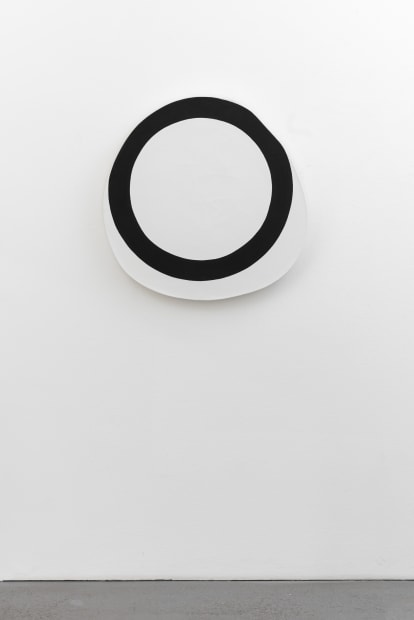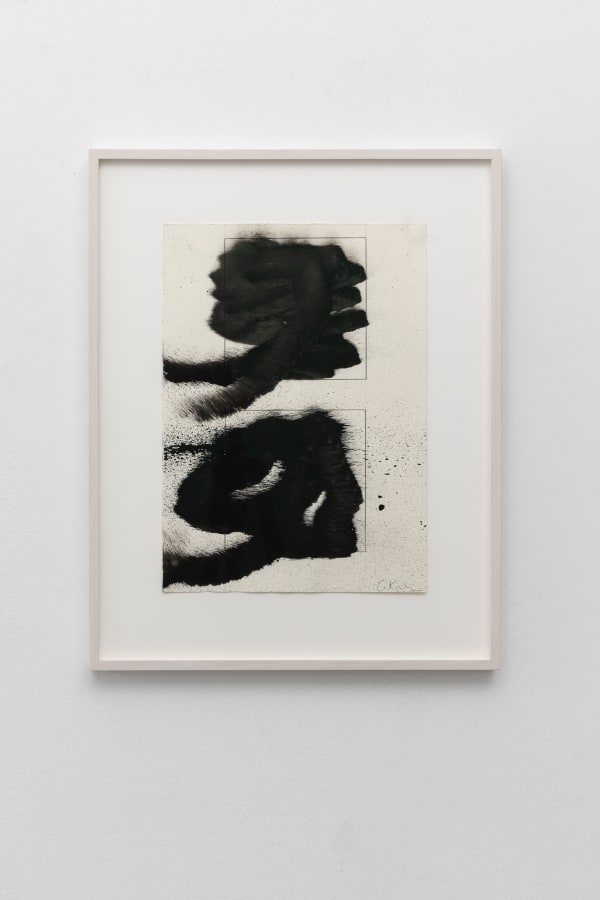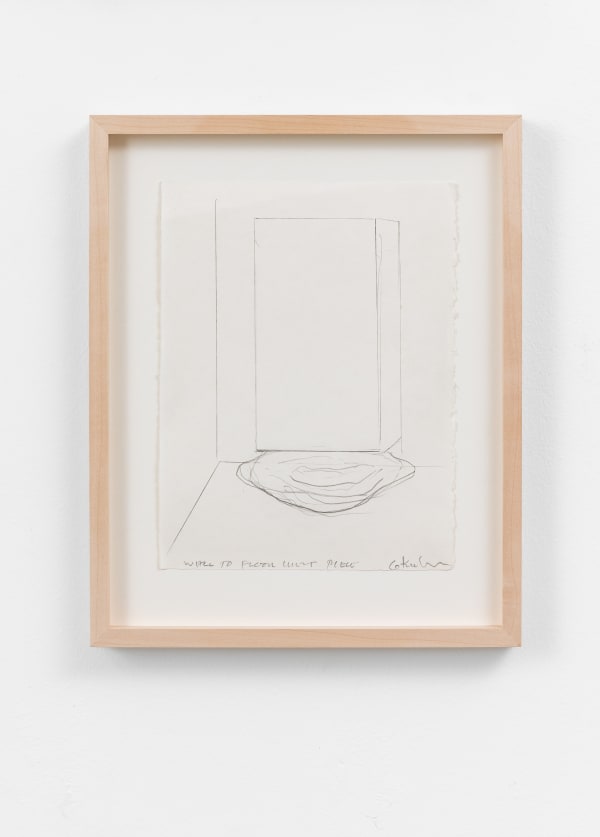-
-

-
-
-

-

-

-
-

-
-

-

-
-
-

-

-
-
-

-
-

-
-

-
-

-

-

-
-

-
available works
for further information click on the photos -
-
 Gary Kuehn, Black Painting, 1969
Gary Kuehn, Black Painting, 1969 -
 Gary Kuehn, Untitled, 1969
Gary Kuehn, Untitled, 1969 -
 Gary Kuehn, Drill Drawing, 1970
Gary Kuehn, Drill Drawing, 1970 -
 Gary Kuehn, Sagging Plank, 1965
Gary Kuehn, Sagging Plank, 1965
-
 Gary Kuehn, Drill Drawing, ca. 1972
Gary Kuehn, Drill Drawing, ca. 1972 -
 Gary Kuehn, Untitled, 1967
Gary Kuehn, Untitled, 1967 -
 Gary Kuehn, The Provisionals, 1969
Gary Kuehn, The Provisionals, 1969 -
 Gary Kuehn, Drill Drawing, 1972
Gary Kuehn, Drill Drawing, 1972
-





































